5 easy to follow tips how to photograph waterfalls... best!
They are meant to be stars in every photo album, but actual results are not always... spectacular? Learn how to photograph waterfalls the best possible way and give your audience that ultimate wow feeling!
You may want to rotate your phone in order to improve your browsing experience on this site.
1. Find one worth shooting
Let's be honest—not all waterfalls were created equal.
Some are more scenic than others.
Some are iconic. Niagara. Victoria. Iguazu.
Many are (yet) unknown.
Basically, this is not different from a fashion shooting. The result stands and falls with your choice of the model. You can still do wrong in the end, but the right subject will make it much easier to succeed.
2. Choose the right time—and take yours
A great image requires great light.
If you are lucky to live close to one of the scenic waterfalls, you can choose the best possible light at will.
If you are able to see your waterfalls only on holidays, you'll have to plan in advance.
When travelling independently, try to spend a couple of days in the vicinity. This will bring several advantages. You will experience your subject in different weather and lighting conditions, at different times of the day, and from different viewpoints. You will be able to visit before the daily crowds arrive and after they leave (see also tip #5).
Ideally, spend one day exploring the location in search of best vantage points, angles, and compositions. Plan the next day for shooting, applying what you learned on day 1 and adjusting as you go. If possible, reserve another day to account for bad weather, dead batteries, and – it happens – cracked lenses.
If you travel in a company, you won't be as flexible, of course. However, if staying nearby, you can still sacrifice a breakfast or a dinner for the best light, or even lure the rest of your party to join you in search of the latter.
If you are only allowed a short visit during the day, in transit from one accommodation to another ... too bad! Try to make the best of it anyway—scroll below!
3. Select the best format
Like in many other cases, portrait or landscape, that is the question. The answer is by no means simple.
Though the top-down design of the feature itself is definitely in its name ("fall" being a hint), the orientation of your image is not given, much less set in stone.
Iguazu Falls are 2.7 kilometres (1.7 mi) wide compared to 80 m (260 ft) high. Think again!
Actually, there *are* Horizontal Falls, or Waterfalls, off the coast of Kimberleys in West Australia. They are created by the tidal current and can be visited on a ship cruise. The climate will probably kill me, but I would love to get there some day, hot or not.
How to photograph waterfalls: Portrait vs. landscape
|
Portrait |
Landscape |
|
|
What are your preferences?
4. Decide on shutter speed
As with any moving objects, you have 3 options:
- Freeze the motion: minimise exposure time by increasing the aperture and/or ISO. This will be especially striking if you position yourself as close to the water as possible. When doing so, be careful not to overdo!
- Go for the flow: extend exposure time to achieve a distinct, milky motion blur. This isn't straightforward. The more water is involved and the higher is its fall, the faster the effect can be reached. In any case, though, you'll require a longish exposure and a tripod or another support for your camera. Depending on the time of the day and the lighting, you'll have to stop down and possibly apply an ND filter. To help increasing exposure time, move away from the water and/or use a wide-angle lens to include surroundings [which are often darker].—That said, personally I am not a fan.
- Let it to the chance: don't try anything special and pay attention to what is more important for you; composition would be a good choice. Gravitation will take care of the rest. Don't fret, it will work out.—This is my usual approach.
5. Avoid the crowds
This is probably the most challenging part. Waterfalls are typical crowd-pullers, so come prepared and be inventive.
- Choose a remote one (see also tip #1). The farther a waterfall is from the parking lot, the better is your chance to enjoy it in privacy.
- Arriving on location early or late in the day will help—and possibly provide a nicer light, too (see also tip #2).
- Moving away from the waterfall can help reduce the masses surrounding it to an insignificant scale.
- On the other hand, moving closer and isolating details can also do the trick.
- Wait. Tourists on a day trip will have only a limited time at every feature on their itinerary. With plenty of time on your hands and patience, you can beat them (see tip #2).
- If nothing else helps, turn the tables! Make some of the crowds part of your image, not an obstacle. This isn't easy, but creating never is.
How to photograph waterfalls: A summary
I hope, this was useful. As a small bonus, and a swift reminder, use this cheat sheet every time you stand in front of a waterfall and ask yourself how to photograph it.
Tags: #waterfalls #landscapephotography #phototips
Other waterfalls content
- Around Iceland
- Iceland is a fascinating destination and home to some spectacular waterfalls—see above! Take a look at what its great outdoors has else to offer.
- Your waterfall
- This isn't exactly about how to photograph waterfalls… Or, perhaps it is!
Other photography tips
- Landscape photography composition tips
- Your mastery of photography composition is what ultimately makes your images. Read here how to excel at it in order to engage your viewers!
- Black & white landscape photography
- Black-and-white photography is very much alive, and landscapes in black and white still look as stunning as in Ansel Adams's day. Be sure to check the article if you'd like to try your hand at this classic and fascinating technique.
- Landscape photography equipment essentials
- Looking for a new camera or another piece of gear? Find answers to your questions, along with some advice and recommendations!
- Fine art photography prints
- And now for something completely different… My thoughts and advice on choosing and using fine art photography prints.
- How to photograph waterfalls
- If your waterfall images are not up to the expectations of your friends, nor to your own satisfaction, try these easy to follow tips to make them shine!
- Marketing fine art photography
- This newsletter issue is about creating your brand and marketing your work, told by those who've been there and done exactly that.
- What is legal to photograph outdoors
- Ever thought about copyright laws having two sides? Your photography can violate them, too. Be sure to know what to photograph, where without getting into trouble.
- How to use Photoshop
- In a dedicated newsletter issue, join me as I show how I use Photoshop to edit my images, and learn some funny facts about the application while at it.
- Wildlife photography tips
- No purchase necessary: Learn how to photograph wildlife for best possible results with your usual equipment.
- Art seascapes
- As November closes in, we take Ishmael's, of Moby Dick, advice and get to sea as soon as we can, led by some highly inspirational examples.
- Winter landscape photography tips
- "Winter landscape" may not sound as exciting as, say, "summer beach", not to everybody, for sure. But if it does to you, there is much to discover outdoors in this time of the year, too. Dress warmly and come on outside!
- Best Adobe Photoshop tips
- We recall some Photoshop basics, like layers, and proceed with more advanced topics, like masks, selective channel editing, converting colour to black and white, and output sharpening.
Images used in the infographic are published under the CC0 license (public domain) and sourced from Pixabay.
Tell me what you think!
Is it useful 👍? Awful 👎? Leave a message! Your comments help make this site better (and give me a kick—one way or another).
Popular articles
-
A kind of magic
If a digital picture has to be seen in the real world, printed on a real medium and displayed in a real showcase, its transition from RAW to real is better done in an old school image editor. Enter A…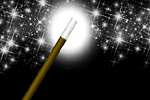
-
A duck for a dog
If you got your own place on the Internet, helping your visitors find what they are looking for is a great way to engage them and keep them staying a bit longer. A custom site search can achieve just …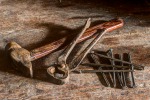
-
"Might as well have the best"
Aiming for better images? Think better lenses! This is your most important piece of gear, so you better get it sorted out. — Need some advice?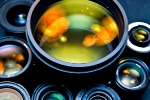
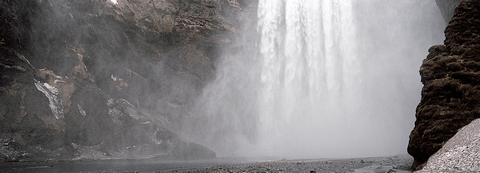
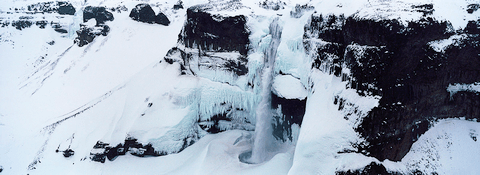
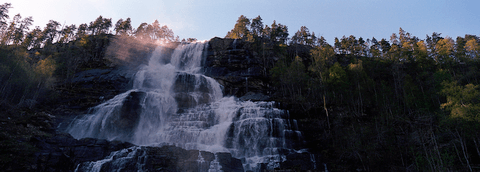
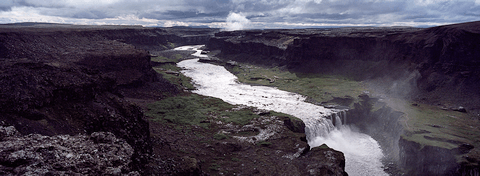
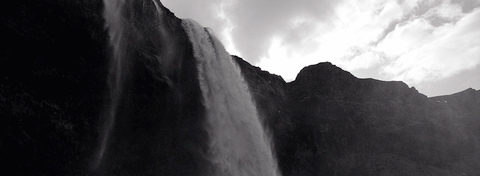
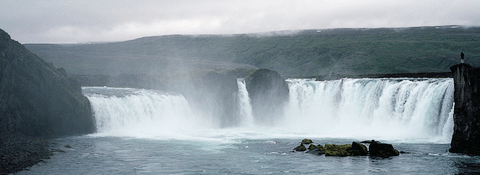
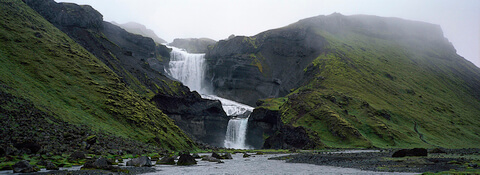
 Become a patron for
Become a patron for